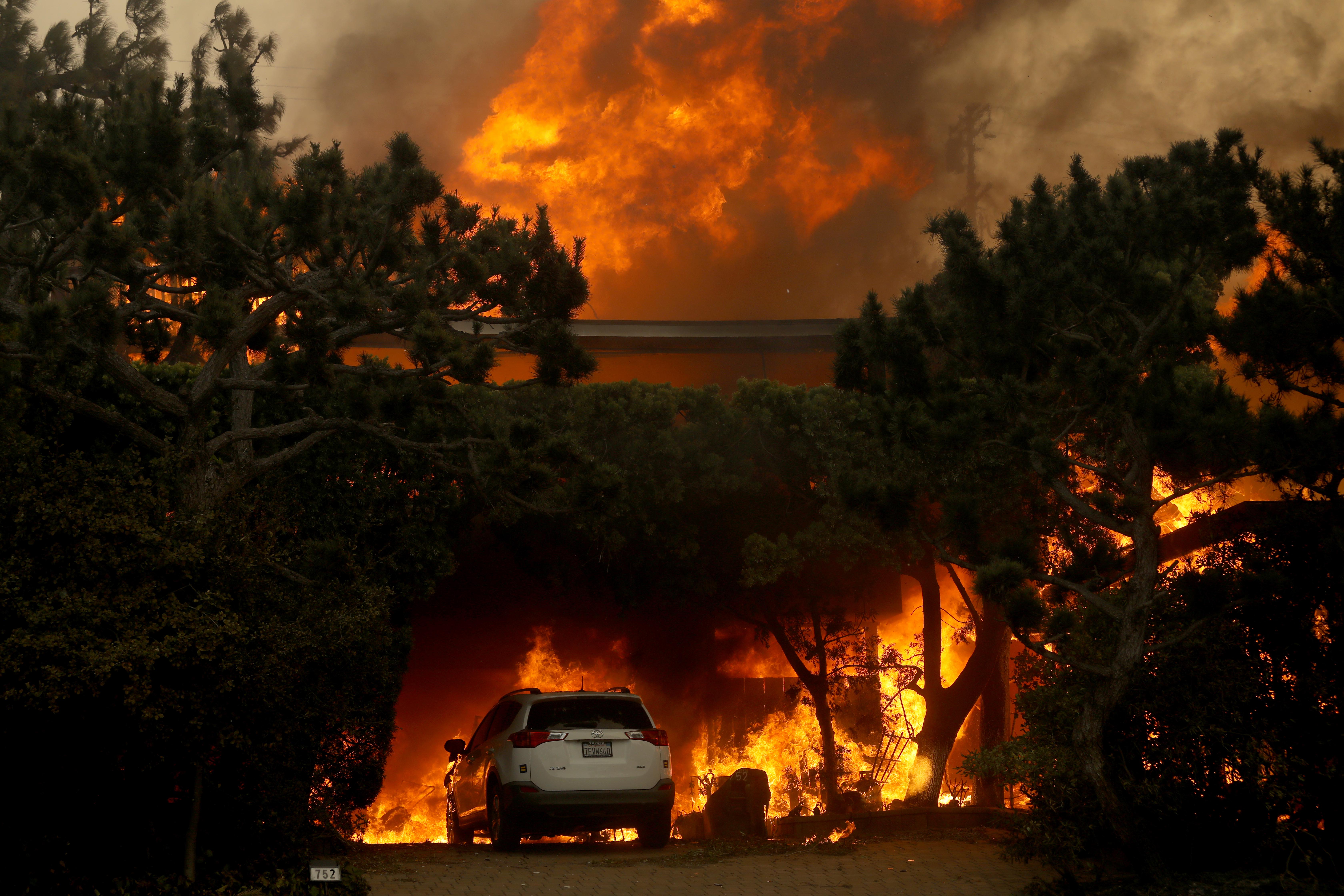“California Live” ends the day on a top a Red Engine Ride fire truck. Learn about fire prevention so you and your loved ones stay safe this holiday season.
After more than 8,000 wildfires turned over $1 million acres across California in 2024, the state’s wildfire prevention task force Monday issued a list of its top priorities and action plans.
The so-called 2025 Key Deliverables by the Governor’s Wildfire and Forest Resilience Task Force aim to make homes and properties more fire resilient while reducing factors that could accelerate the spread of a wildfire.
Here are some of the plans listed in the roadmap.
Creating ‘defensible space’ near homes
Get top local stories in Southern California delivered to you every morning. Sign up for NBC LA's News Headlines newsletter.
As shown in the aftermath of the Eaton and Palisades Fires, some homes survived the flames while many others in the same area were burned to the ground. Scientists and engineers have pointed out the material used to build homes while creating and maintaining room between a structure and flammable materials such as trees and shrubs could help reduce the damage.
The mandate for the defensible space will be implemented in high fire severity zones, such as the Pacific Palisades.
Under AB-3070, passed and signed by Gov. Newsom in 2020, homes will be required to establish an ember-resistant “Zone 0” within 5 feet of structures in high-risk areas.
Creating a Zone 0 can be accomplished by spacing plants on a property or having gravel or pavers between vegetation and a structure.
See the current guideline for an ember-resistant zone here.
Updated fire hazard severity zone maps
The California Department of Forestry and Fire Protection (Cal Fire) has updated its classification of areas that are more at risk of being affected by wildfires, adding more Southern California neighborhoods into the “very high” fire hazard severity zones.
State officials factored in a number of updated variables, such as fire history, existing natural vegetation, predicted flame length, blowing embers, terrain, and typical fire weather to draw the new maps.
More grazing goats
The state is looking to put livestock like goats to use in eliminating vegetation, especially in rugged terrains that are less accessible by fire crews.
By expanding prescribed grazing, officials believe it can save more properties and lives from possible wildfires while supporting ecological goals.
UC Agriculture and Natural Resources will develop a strategic action plan to include a scope and schedule for mapping priority areas where grazing can protect communities, critical infrastructure, and ecosystems, the state said.
Partnering with utility companies
While California has a history of punishing and using utilities from faulty power lines that spark disastrous wildfires, the state is now looking to work with power companies to prevent such blazes.
The task force said there could be more coordination with the utilities as they invest billions of dollars in reducing ignitions along power line corridors.



